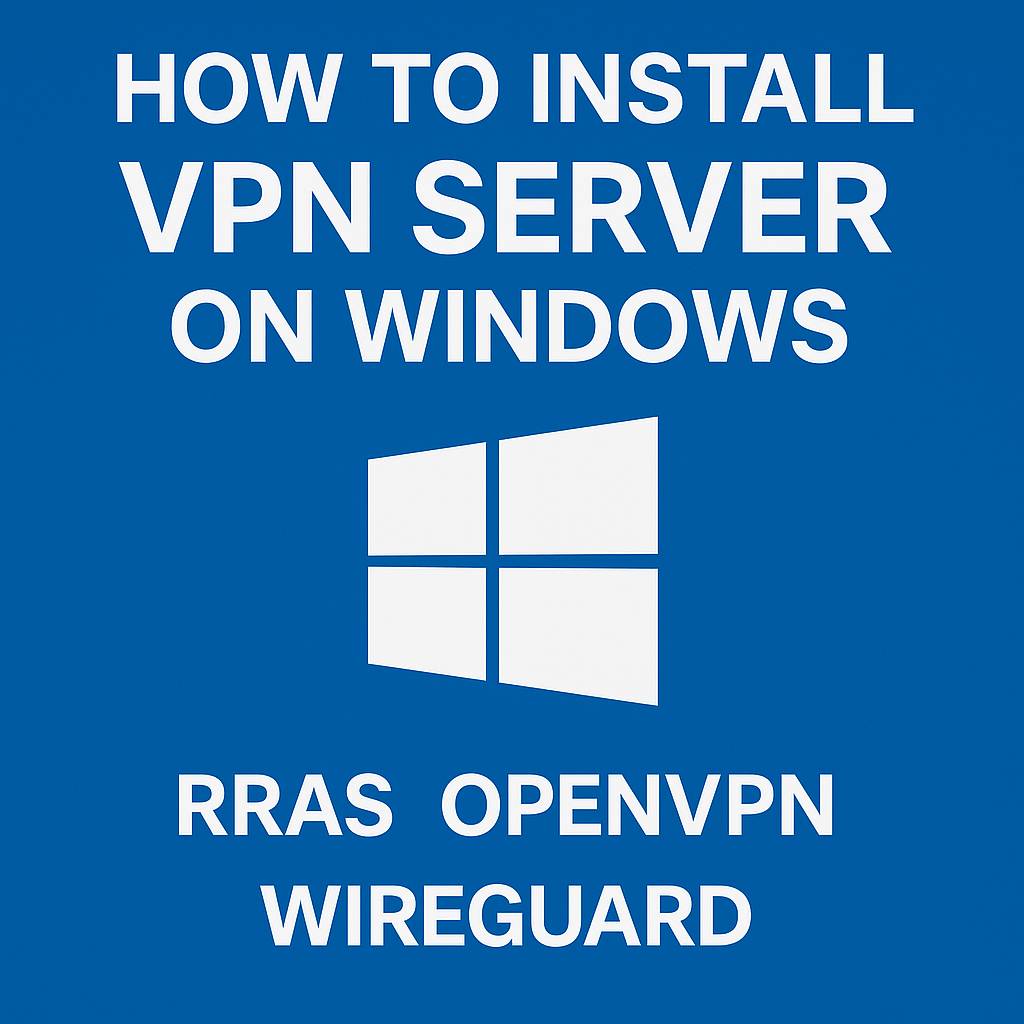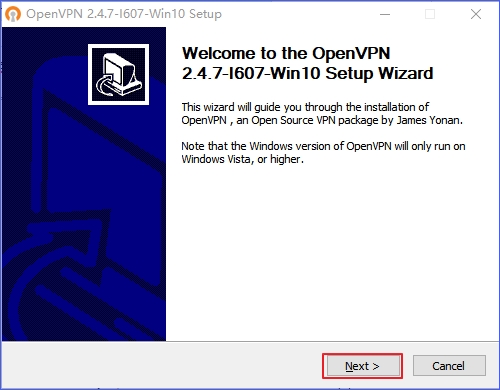
This guide explains how to install and configure different types of VPN servers on Windows Server: RRAS, OpenVPN, and WireGuard. Includes images, pros & cons, and best practices.
Preparation Checklist
- Ensure Windows Server is up to date
- Administrator access
- Public IP / DDNS setup
- Firewall and NAT rules prepared
- VPN protocol choice (PPTP, L2TP, SSTP, IKEv2)
1. Installing VPN via RRAS (Routing and Remote Access Service)
Step-by-Step Instructions
- Open Server Manager → Manage → Add Roles and Features
- Select “Role-based or feature-based installation” → choose your server
- Select the Remote Access role
- Select DirectAccess and VPN (RAS)
- Complete the wizard and install
- Open RRAS → Right-click your server → Configure and Enable Routing and Remote Access
- Select Custom configuration → VPN access
- Configure IP address assignment and VPN protocol settings
- Enable VPN access per user via AD or local users
- Allow ports on firewall: TCP 1723 (PPTP), UDP 500/1701/4500 (L2TP/IPsec), TCP 443 (SSTP)

2. Installing OpenVPN on Windows Server
Steps
- Download OpenVPN for Windows from openvpn.net
- Install with all components including EasyRSA
- Use EasyRSA to generate CA, server, and client certificates
- Create
server.ovpnfile in the config directory - Configure firewall and NAT for UDP 1194
- Start the OpenVPN service or GUI
- Configure client .ovpn profiles and distribute

3. Installing WireGuard on Windows Server
Steps
- Download and install WireGuard for Windows
- Generate private and public keys for server and clients
- Create configuration file using WireGuard GUI
- Start the tunnel, optionally install as service
- Allow UDP 51820 on firewall and router
- Configure peers with AllowedIPs and Endpoint settings

Comparison Table
| Scenario | Recommended Solution | Protocols |
|---|---|---|
| Windows + AD integration | RRAS | SSTP, L2TP/IPsec |
| Cross-platform + TLS security | OpenVPN | OpenVPN UDP/TCP |
| High performance, modern crypto | WireGuard | WireGuard UDP |
Security Best Practices
- Use certificates over passwords
- Enable strong encryption only
- Limit access via firewall rules
- Use logs to monitor activity
- Patch systems regularly
Conclusion
Windows Server supports multiple VPN solutions depending on your needs. RRAS is ideal for AD-integrated environments, OpenVPN is flexible and secure, and WireGuard offers performance and simplicity. Choose based on your setup and security requirements.
